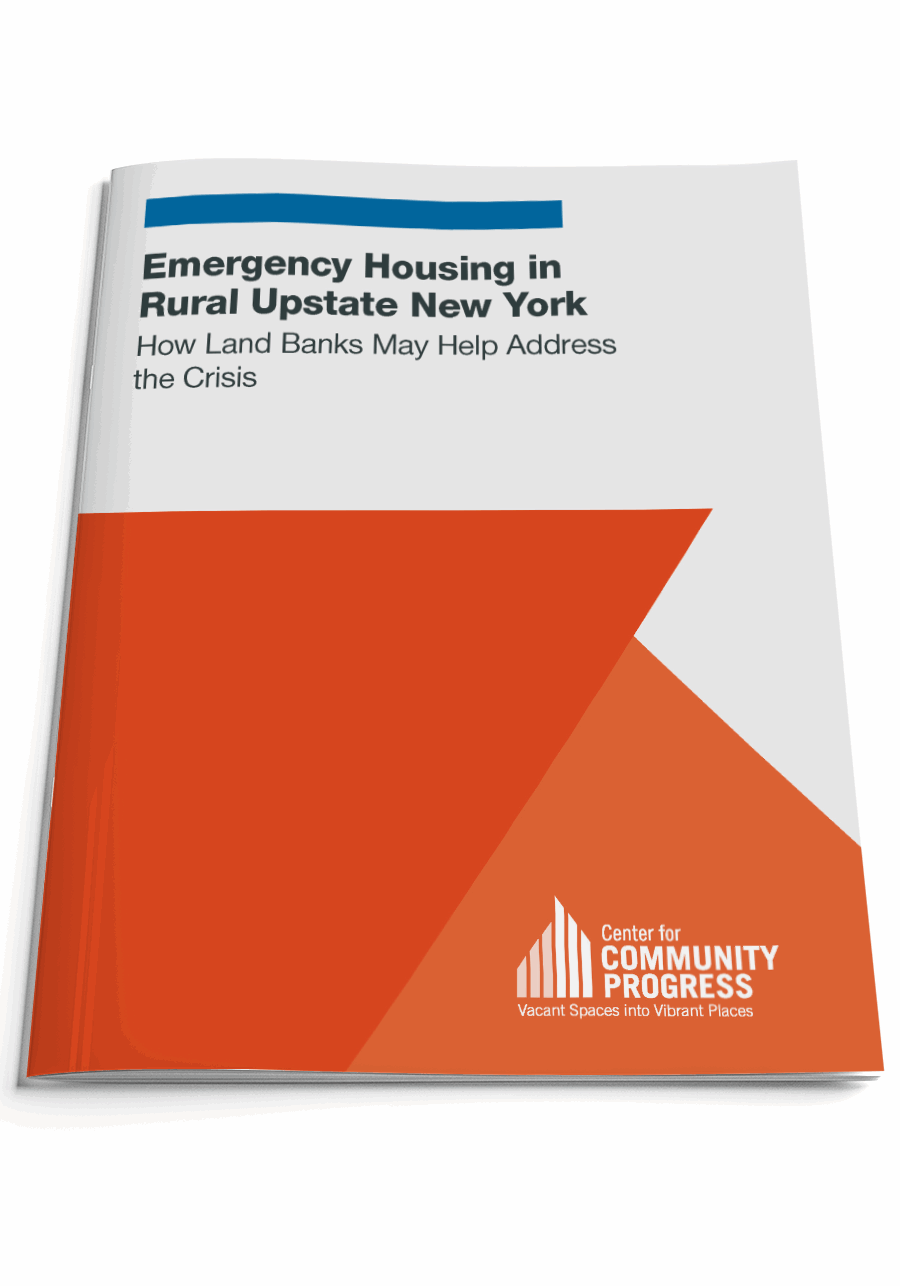Emergency Housing in Rural Upstate New York
How Land Banks May Help Address the Crisis
Topic(s): Land Banks
Published: February 2025
Geography: New York
Introduction
The New York Land Bank Association (NYLBA) is an active statewide coalition of 31 land banks serving rural, urban, and suburban communities in virtually every corner of the state. Over the last couple of years, land banks, regardless of size or location, have reported observing quickly appreciating residential markets and a surge of families and individuals experiencing homelessness, trends that mirror national changes. The latter became a particular focus for several land banks that serve rural counties in upstate New York.
In the summer of 2024, the Rural Committee of NYLBA issued a competitive solicitation seeking assistance to help understand the trends and costs of providing emergency housing in eight rural counties served by land banks, listed in the below table, and which we will refer to as the Emergency Housing Research Area (EHRA):
In addition to this research and analysis, NYLBA also wanted help exploring if and how land banks could play a more active role in addressing the surge of residents experiencing homelessness. Both the research findings and relevant policy and practice recommendations were to be summarized in a report.
The Center for Community Progress was competitively selected to carry out this research project. We assembled a team that had a wealth of knowledge on the funding and practices of providing emergency housing in the state as well as deep expertise and experience with land banking across the country and here in New York, having partnered over a decade with NYLBA.
This report provides summaries of troubling local trends and possible reforms that could lead to more equitable and cost-effective provision of emergency housing. It also echoes an inarguable conclusion shared by virtually all parties—and at every level—involved in some way in the provision of emergency housing: The entire system is broken, inefficient, absurdly expensive and wasteful, often harmful, and in desperate need of deep, structural reform.
To be clear, this is not our indictment of those involved in the provision of emergency housing, trying to serve and help those in tragic and unjust circumstances. This is the conclusion shared with us by those doing the work, serving individuals and families in desperate need of basic, safe housing. Their passion and commitment to provide safe, stable housing to the most vulnerable individuals and families in their communities is stymied by deep, structural and systemic barriers—such as onerous federal and state funding regulations, local zoning and land-use regulations, the commodification of housing, the balkanization of state agencies, and over-stretched local agencies and under-resourced partners delivering a patchwork of reactive measures instead of implementing a bold vision of housing justice for all.
In addition to our research findings and recommendations for land banks, this report invites a sustained dialogue among local, county, and state actors to reimagine the provision of emergency housing within a broader vision of housing justice for all—with a long-term commitment to dismantle and overcome deeply rooted, structural barriers.
NYLBA will need to take the lead communicating the key findings of this report and facilitating conversations with county officials and state partners. This report, written for NYLBA as the primary audience, is organized as a compilation of various resources that can be used by NYLBA and other advocates with different audiences and for different purposes. This report includes the following sections:
- Section 2. An explanation of our methodology for collecting emergency housing data across the EHRA.
- Section 3. A summary of the trends and costs of providing emergency housing in the EHRA.
- Section 4. Observations based on data analysis, stakeholder interviews, relevant research, and our own expertise and experience.
- Section 5. Recommendations to help families and individuals who experience homelessness in a more cost-effective and just manner.
- Section 6. Case studies of efforts in Wayne and Livingston counties to pursue a more cost-effective approach to helping those experiencing homelessness.
- Section 7. Individual summaries for each of the eight participating counties of the trends and costs of providing emergency housing.
The report concludes with a useful appendix: a brief description of Code Blue, a New York regulation triggered when temperatures dip below 32 degrees that requires local social service districts to take additional steps to help those experiencing homelessness.

Topic(s): Land Banks
Published: February 2025
Geography: New York
Related Publications
Other Related Content
Subscribe to join 14,000 community development leaders getting the latest resources from top experts on vacant property revitalization.

